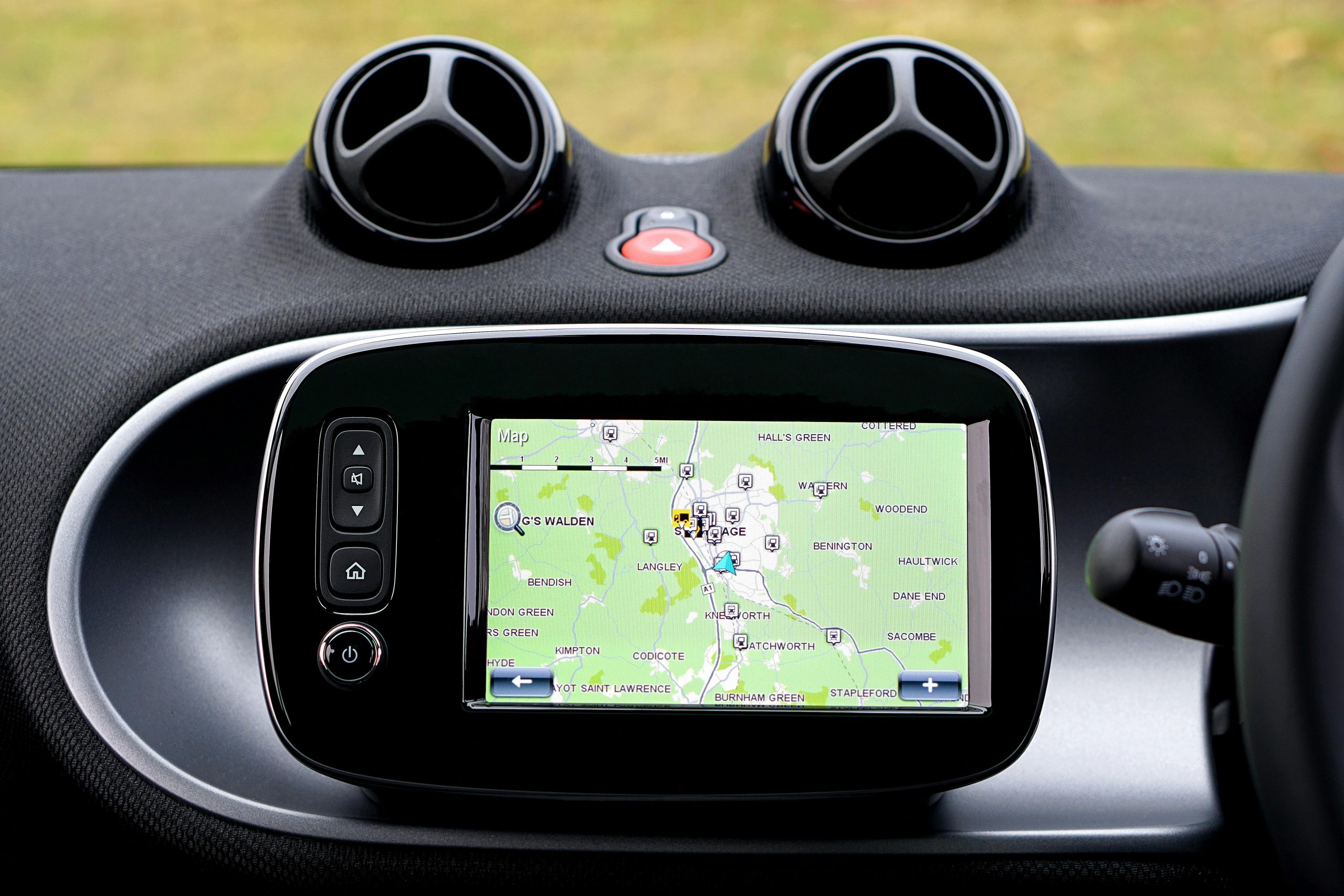Understanding Sudden Boot Issues with Your System Drive: A Guide for PC Users
Experiencing unexpected boot problems can be concerning, especially when they stem from your primary storage device. Recently, some users have reported their system drives becoming unbootable unless certain BIOS settings are adjusted. If you’re facing a similar situation with your system drive—a 2TB Western Digital Black SN770 NVMe SSD, for instance—this article aims to help you understand potential causes and solutions.
Identifying the Issue
Typically, users notice that their PC displays a BIOS error indicating that no bootable drive is found. In some cases, rebooting temporarily restores functionality, leading to intermittent boot failures. Efforts to resolve the issue often include updating firmware—both for the SSD and the motherboard BIOS—and toggling BIOS settings such as Compatibility Support Module (CSM).
Recent observations suggest that enabling CSM can sometimes allow the system to recognize the drive and boot successfully. Conversely, disabling CSM might result in the drive not being detected initially, even after multiple restarts. Interestingly, performance metrics usually remain unaffected in these scenarios.
Diagnosing the Problem
It’s common for diagnostic tools to report that the drive is in excellent health, with no apparent issues. However, persistent boot problems despite healthy drive diagnostics indicate that the root cause may lie elsewhere. Potential factors include:
- Firmware or BIOS incompatibilities
- UEFI/Legacy boot mode conflicts
- Motherboard or motherboard slot issues
- Firmware corruption or incompatibility
Best Practices for Troubleshooting
-
Confirm Drive Health with Multiple Diagnostics: Continue running comprehensive tests using trusted diagnostic utilities to rule out physical drive failure.
-
Update Firmware and BIOS: Ensure your SSD firmware and motherboard BIOS are up to date. Manufacturers often release updates addressing compatibility and stability issues.
-
Adjust BIOS Settings Carefully: Experiment with enabling or disabling CSM and UEFI boot modes. Note that switching between UEFI and Legacy modes can impact drive detection and bootability.
-
Check Motherboard Connections and Slots: Resecure or switch NVMe slots to eliminate hardware connection issues.
-
Monitor System Logs and Event Viewer: Look for error messages related to storage or firmware issues.
-
Consider Hardware Failures or Motherboard Issues: If problems persist despite the above steps, the issue may involve a failing motherboard component, such as the M.2 slot controller.
When to Seek Professional Help
If your drive continues to function correctly in diagnostics
Share this content:



